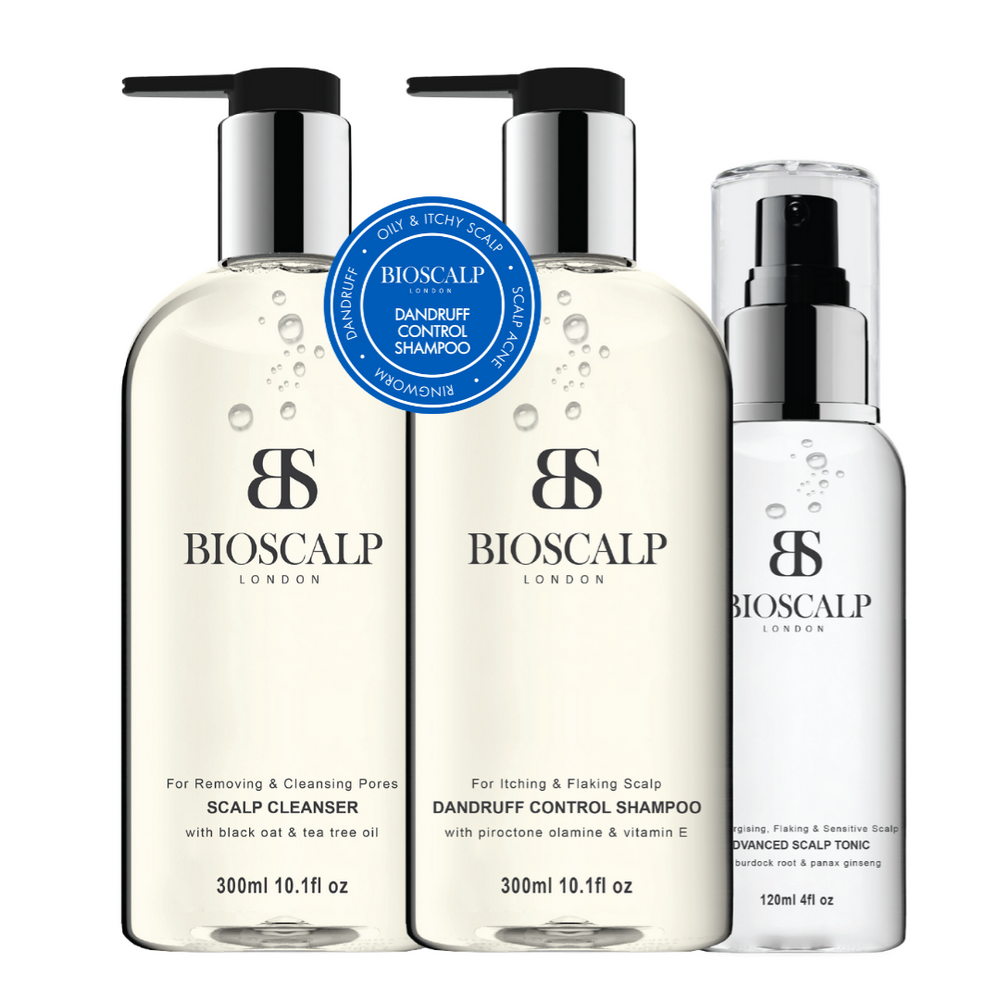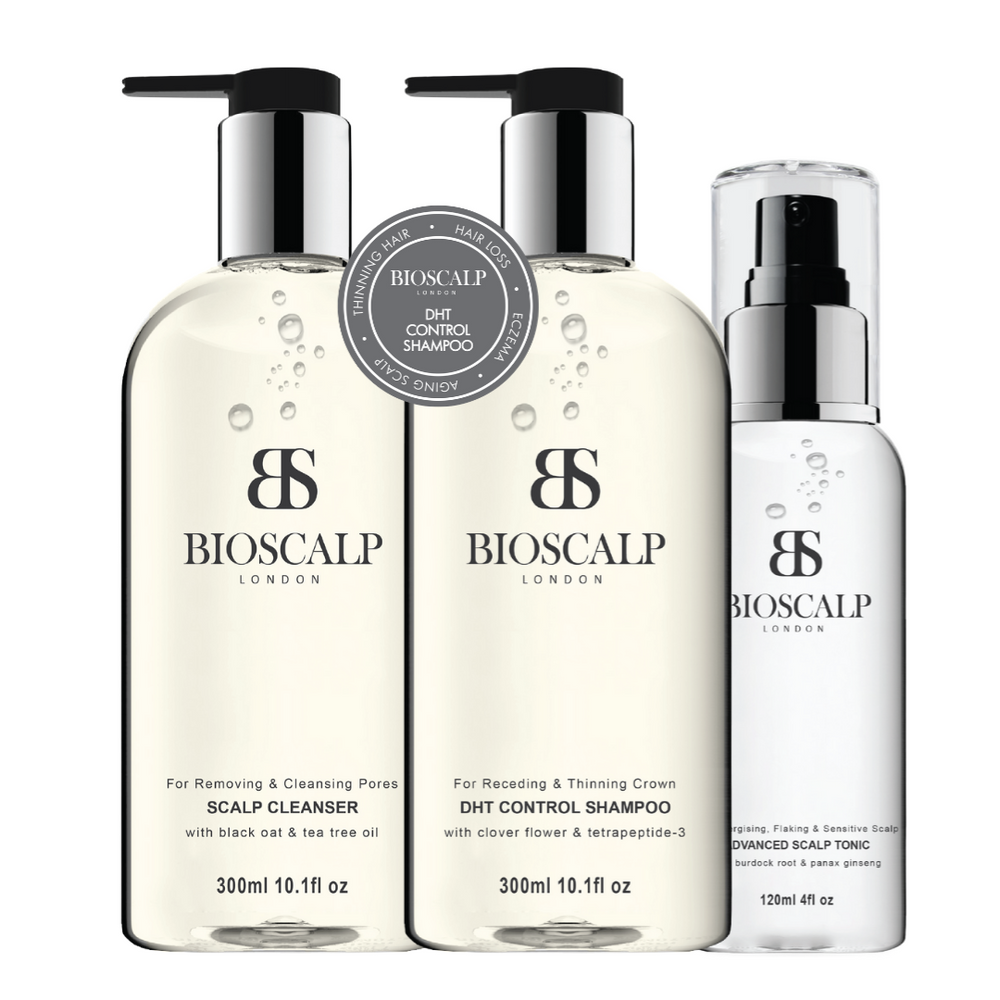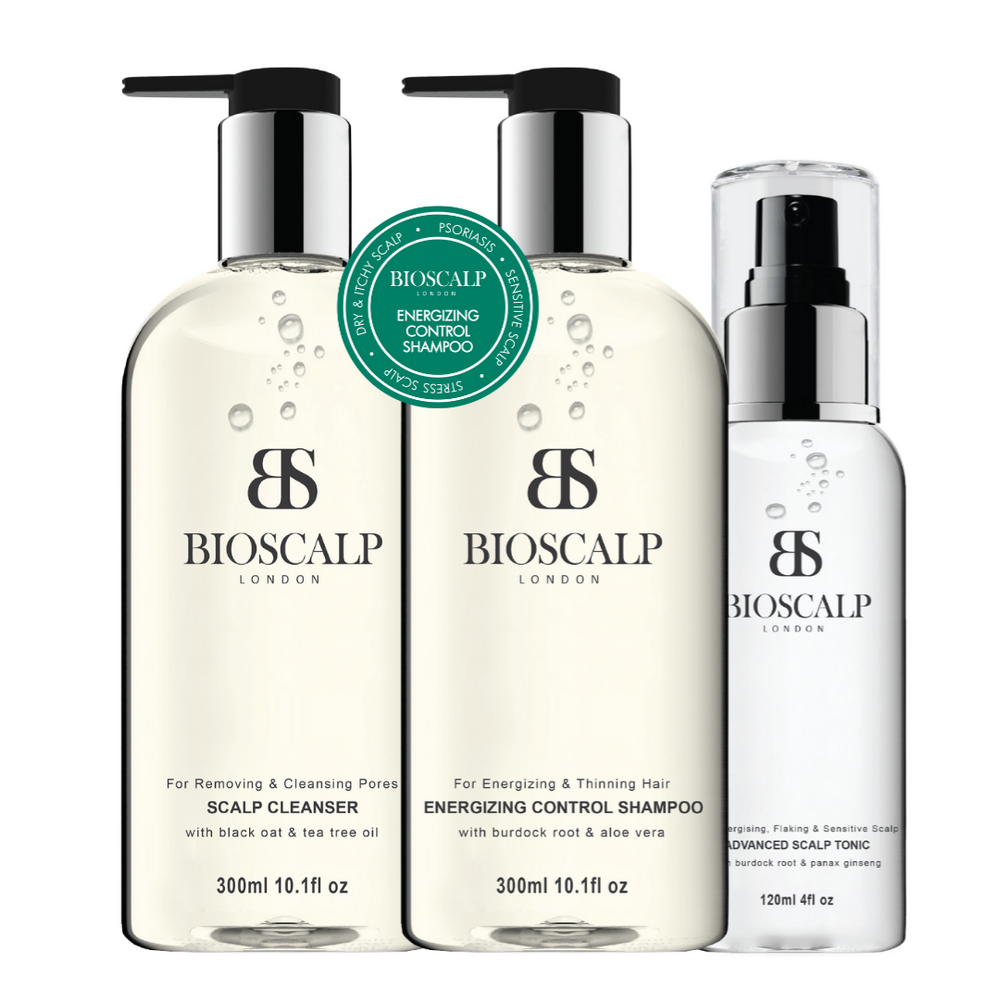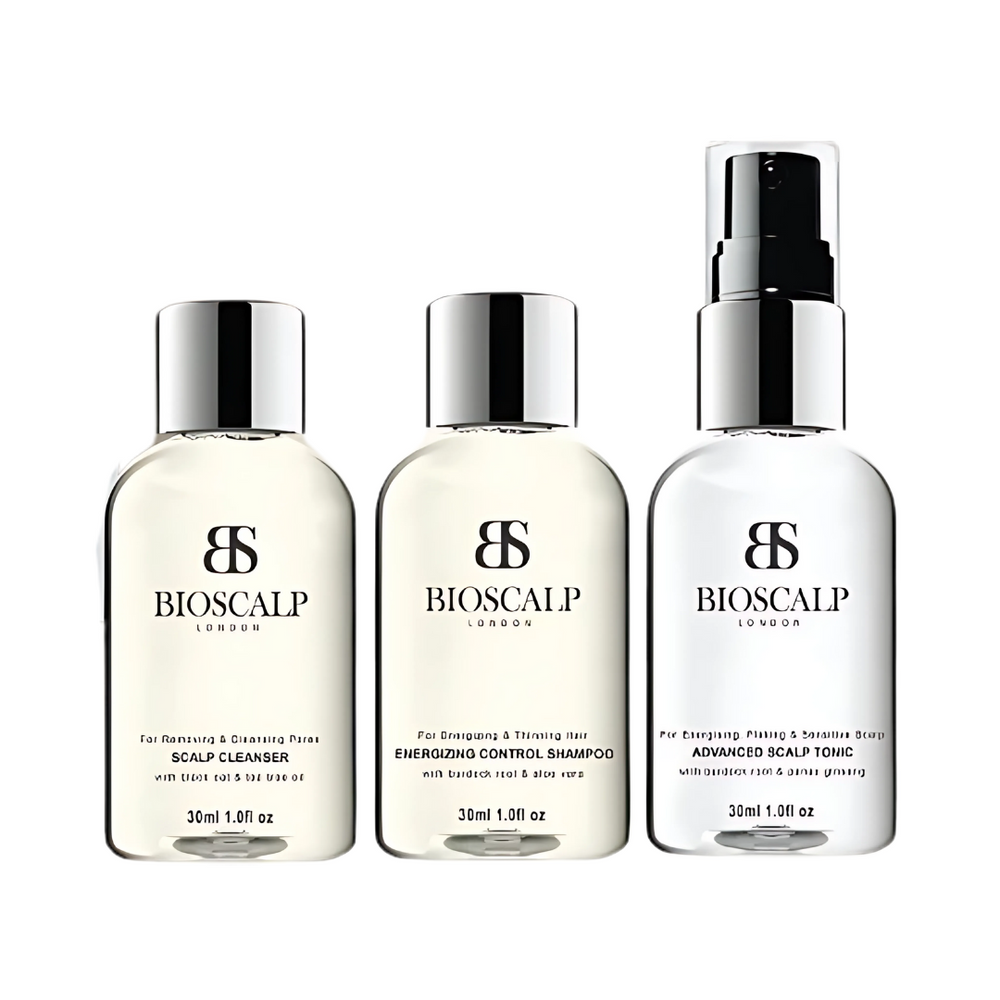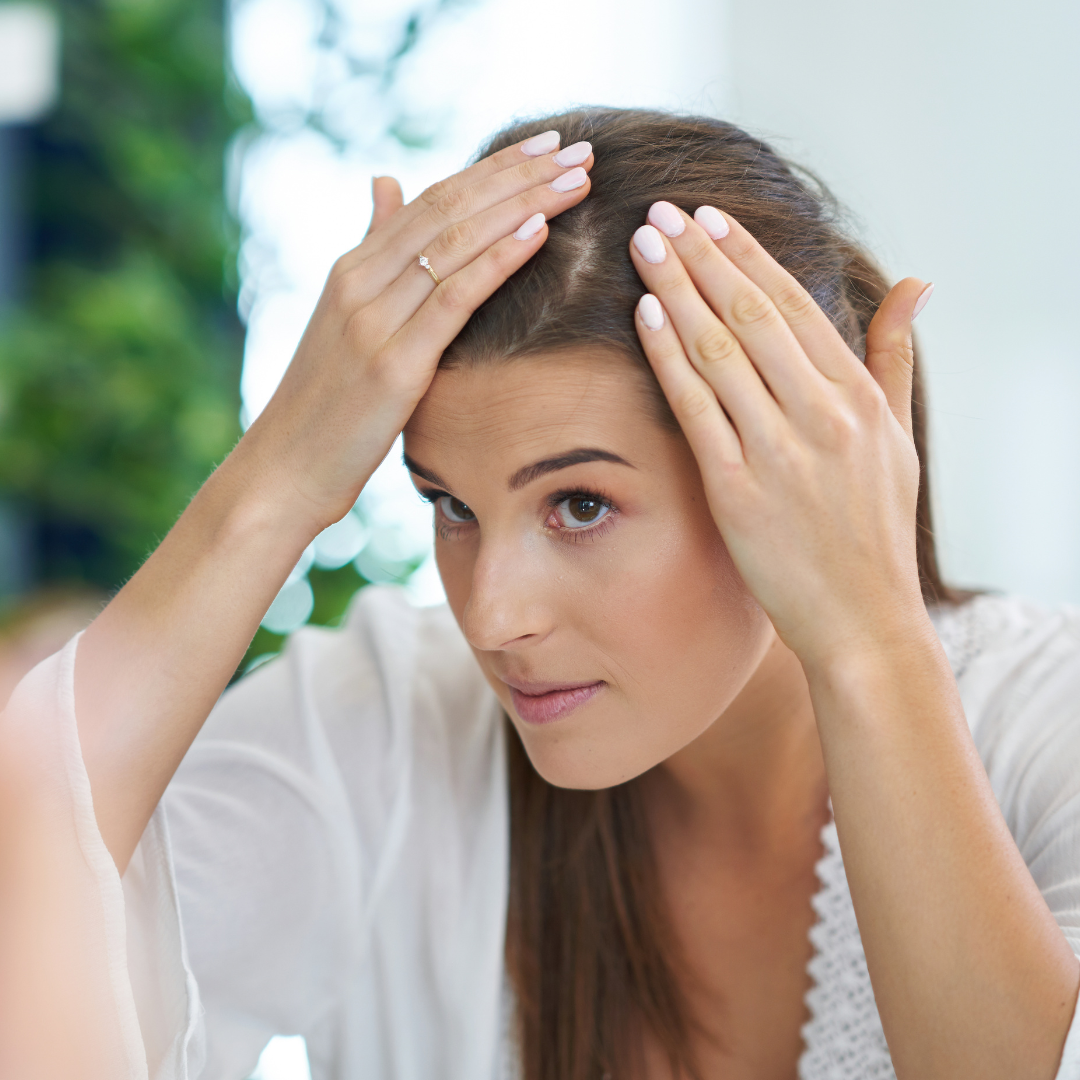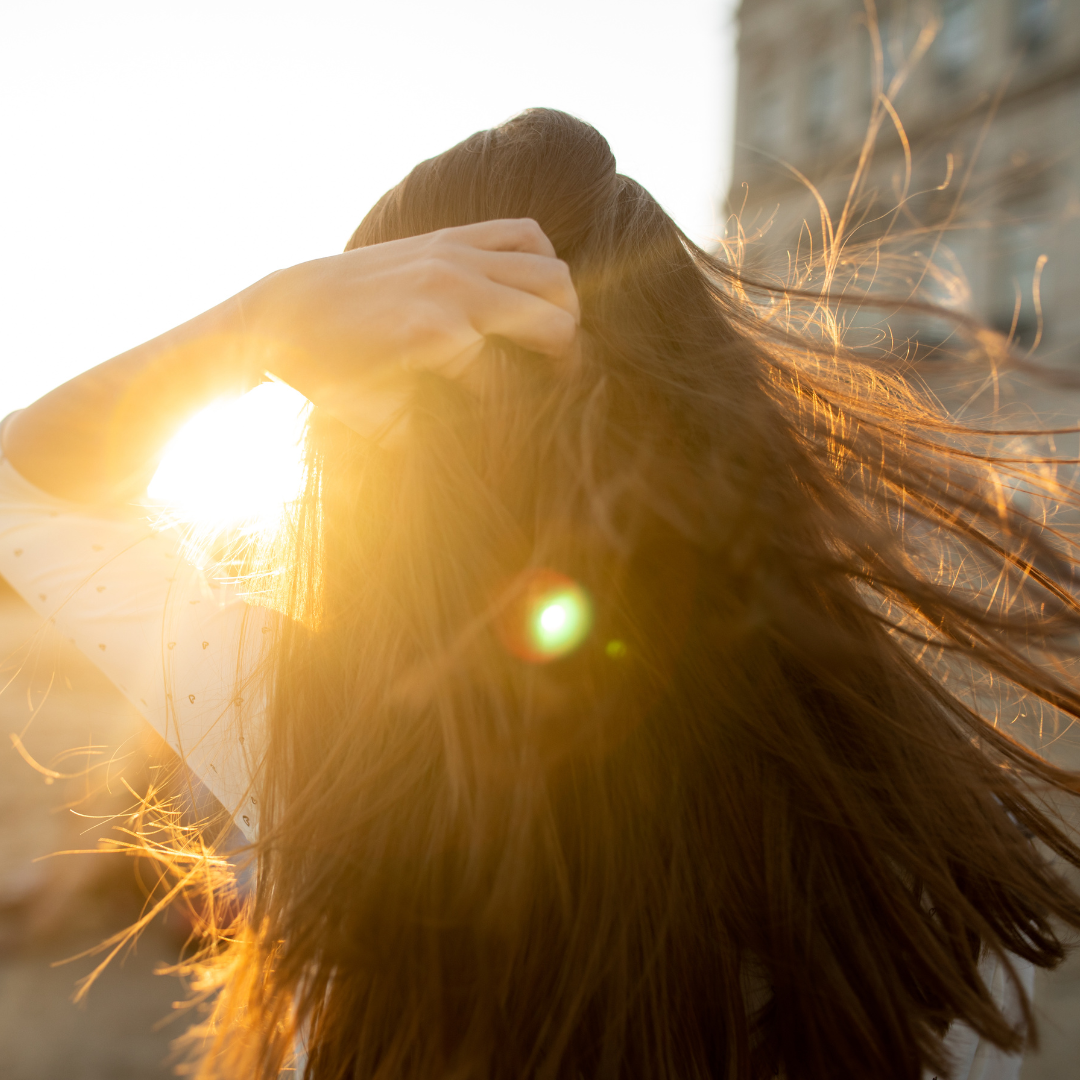Heat styling is a quick and effective way to transform your look, but frequent use of high temperatures can leave lasting damage on both your hair and scalp. Understanding how heat affects your hair’s structure and moisture levels is the first step toward minimizing harm and maintaining healthy locks.

How It Affects Your Hair and Scalp
1. Moisture Loss
The intense heat from styling tools like flat irons, curling wands, and blow dryers causes rapid water evaporation from your hair strands. This not only strips away natural oils but also disrupts your scalp’s ability to retain moisture, leading to dryness, brittleness, and increased vulnerability to damage.
Hair Strands: Excessive heat causes rapid evaporation of water from your hair, stripping it of natural oils. This loss disrupts the protein structure of your hair, leaving it dry and brittle.
Scalp: High temperatures can dry out the scalp, making it “leaky” and less effective at retaining moisture. This creates an environment that’s more susceptible to irritation and damage.
2. Structural Changes
The keratin proteins in your hair are responsible for its strength and elasticity, but high temperatures can alter their structure. This change weakens the hair’s protective outer layer, leaving your strands more prone to breakage, split ends, and environmental damage.
Keratin Proteins: Heat alters the structure of keratin, the protein that forms the foundation of your hair. It converts α-keratin (elastic and strong) into β-keratin (weakened and brittle), compromising hair’s strength and flexibility.
Cuticle Damage: The protective outer layer of hair, the cuticle, can crack or lift under high temperatures. This makes strands more prone to breakage, split ends, and damage from environmental factors.
Key Effects of Heat Damage
Heat damage can leave visible and lasting marks on your hair and scalp, from dryness and breakage to irritation and increased susceptibility to scalp issues. Recognizing these signs can help you take corrective action to prevent further harm.
1. Dryness and Brittleness
When hair loses its natural moisture, it becomes rough, dry, and fragile. Over time, heat damage can exacerbate these effects, making hair more prone to breakage and giving it a lifeless appearance.
2. Weakened Hair Structure
The protective cuticle layer of the hair becomes compromised under high heat, exposing the inner layers to external damage. This leaves your hair vulnerable to environmental stressors, leading to dullness, frizz, and split ends.
3. Scalp Irritation
Excessive heat doesn’t just harm your hair—it can also irritate your scalp. Prolonged exposure to heat can cause redness, dryness, and itching, while creating a favorable environment for dandruff-causing microbes to thrive.
Prevention Strategies: How to Protect Your Hair and Scalp

Protecting your hair and scalp from heat damage doesn’t mean giving up your styling tools. With the right products and techniques, you can enjoy sleek, styled locks without sacrificing your hair’s health. Here’s how to keep your hair protected.
1. Use Heat Protection
Heat protectants are your first line of defense against damage. These products form a protective barrier on your hair, reducing the impact of high temperatures and locking in moisture to keep your strands hydrated and resilient.
💡 Pro Tip: Let your hair air-dry to at least 90% before blow-drying or styling. Using tools on wet hair increases the risk of damage.
2. Embrace Natural Protective Ingredients
Natural oils and nourishing ingredients are excellent additions to your routine. They provide hydration, reinforce your hair’s natural defenses, and shield against the drying effects of heat styling tools.
Natural oils and extracts can provide additional hydration and protection:
- Coconut Oil: Locks in moisture and strengthens hair.
- Argan Oil: Rich in antioxidants and fatty acids that combat dryness.
- Aloe Vera Gel: Soothes the scalp and hydrates hair.
- Shea Butter: Offers a protective layer against heat damage.
3. Style Smartly
Being mindful of how you style your hair can make a big difference. Simple changes, like using adjustable heat settings and moving tools quickly, can minimize damage while still achieving your desired look.
- Use Adjustable Heat Settings: Opt for tools with temperature controls and use the lowest effective setting.
- Section Hair: Styling smaller sections reduces the need for prolonged heat exposure.
- Keep It Moving: Avoid holding tools in one place for too long. Glide them quickly and evenly over your hair.
4. Maintain Healthy Hair Practices
Even with the best precautions, regular trims and a balanced hair care routine are essential for managing heat damage. By staying consistent with healthy habits, you can prevent minor damage from escalating and keep your hair looking its best.
- Get Regular Trims: Removing split ends every 6–8 weeks prevents damage from traveling up the hair shaft.
- Limit Heat Usage: Give your hair breaks by embracing natural styles or using heat-free techniques like braiding or twisting.
Recovery and Repair: What to Do If You Already Have Heat Damage

If you’re dealing with the aftermath of heat damage, don’t worry—it’s possible to restore your hair and scalp with the right care. From deep-conditioning treatments to giving your heat tools a break, these recovery strategies will help you regain your hair’s health and strength.
- Deep Conditioning: Use hair masks or treatments with proteins and moisture-restoring ingredients to strengthen and hydrate.
- Scalp Treatments: Opt for soothing treatments to reduce redness and promote healthy skin regeneration.
- Cut Back on Heat: Temporarily avoid heat tools to allow your hair and scalp to recover.
Healthy Hair Starts with Smart Heat Practices
Heat styling can enhance your look, but overdoing it can compromise your hair’s health and your scalp’s integrity. By understanding how heat damages your hair and taking steps to prevent it, you can enjoy smooth, styled locks without sacrificing their natural vitality.
Prioritize protection, hydrate your strands, and style smarter to keep your hair looking and feeling its best. Your scalp will thank you, and your hair will shine!


